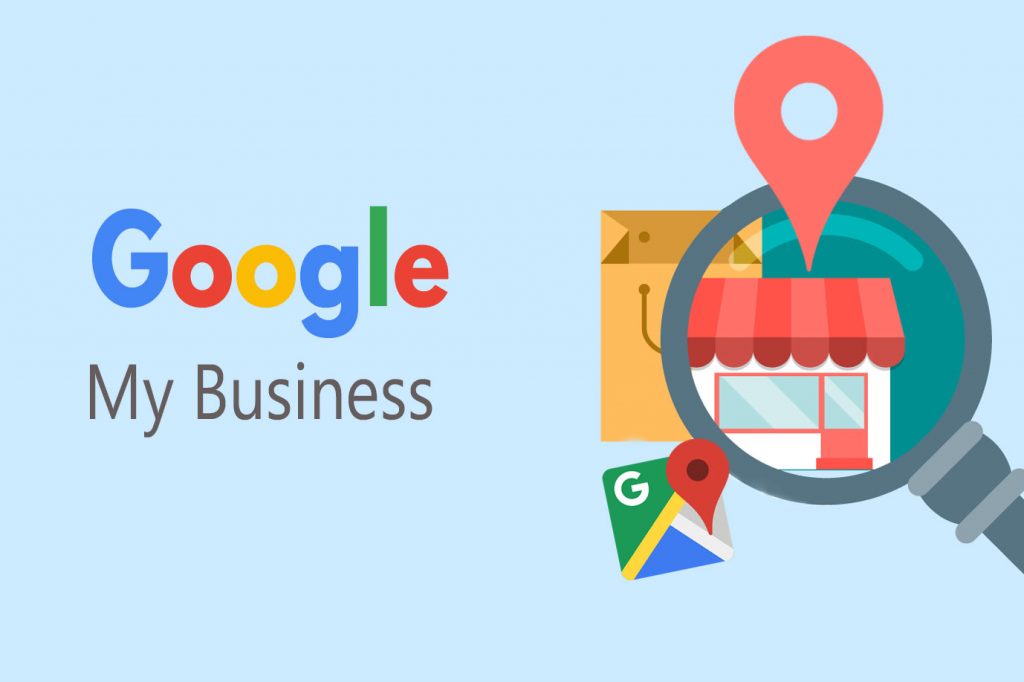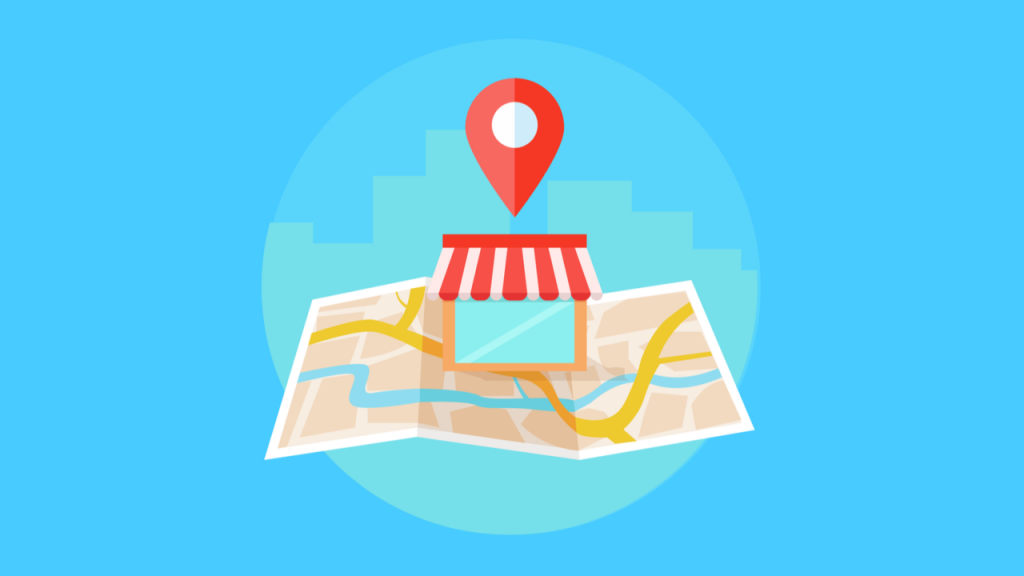
Every business should have a local SEO strategy. This helps with securing high intent qualified leads and is particularly essential for local businesses who need to target people in their locality/region. While general SEO focuses more on ranking in searches across the country, local SEO prioritizes appearing on SERPS in a specific location. This local marketing strategy relies on marketing your brand to local leads and potential customers. 4 out of 5 consumers use search to find local information, which means if your business isn’t optimized for local search, you could be missing out on 80% of your potential customers. – Kelsey Smith, 2020.
The main priority of local businesses is to secure high rankings in a particular location, region, or the locality your business is based in. The nature of SEO is constantly changing so it is more strategic to use actionable ways to strengthen your local SEO and secure rankings. Local SEO can help with generating new leads, create high traffic to your website/social media profiles and create conversions. Local SEO can also be used by bigger brands/chains with branches in communities, as it helps to stay relevant and in the competition.
Here are just a few strategies and tactics to help strengthen your local SEO.
Create/Optimize for Google My Business
Optimizing your business profile is the most effective way to rank higher on Google Maps; as well as gain increased visibility in Google Search results. In order to gain access to your business profile, you need to ensure you have a Google My Business account set up. Google My Business has become the top tier of local marketing search. Google only shares content and information that they feel comfortable with sharing; therefore Google My Business is a tool they have created to ensure your business meets Google’s needs. All of your businesses information from your profile will then appear in Google Search results, Google Search knowledge panel and of course Google Maps.

Optimizing your business profile will include providing:
– Accurate and up to date information such as opening hours and location
– Encourage customers to leave reviews
– Respond to each consumer review
– Include your brand logo, the service and products you provide, types of payment accepted and images of inside and outside the store
– Publish some social media posts featured on your social media of products, special offers etc using the dashboard.
Encourage Regular Reviews from Customers
Having positive reviews wrote about your business optimizes your Google business presence but also encourages more local customers to buy from you.
To encourage your customers to leave reviews you could:
– Respond to existing reviews in a courteous and professional way/address unfavourable reviews.
– Set up a customized post-purchase email/text to be sent to satisfied customers inviting them to leave a review and offer an incentive such as a 10% discount on their next purchase.
Improve your Internal Linking Strategies
External linking is crucial to your site. However, in order to keep leads on your website for longer and decrease bounce rates, it’s essential to develop internal links on your site as this will boost your SEO rankings.
Internal Linking:
– Supports navigation throughout your website from page to page
– Allows link equity to flow throughout the entire site
– Gives google an idea to the structure of your website
For a more detailed step by step guide to internal linking read Neil Patel’s ‘The seven commandments of internal linking’
Optimize for Google Voice Search:
Voice search is growing rapidly as technology continues to develop and people’s lifestyles drastically change. According to Review 42, voice search recorded for 50% of searches in 2020 so far. Therefore, in local SEO its vital to optimize for how people ask questions when they speak into devices as opposed to how they would usually type out searches.
In general, people would usually use long-tailed keywords when carrying out voice searches compared to regular searches. Due to this, SEO would have to be optimized for your content to fit a more conversational tone through voice search. Content would need to be optimized for searches beginning with questions through voice search.
Its crucial to consider user intent when optimizing for voice searches, as these searches are usually conducted when someone needs a specific piece of information promptly. Therefore, when a potential customer asks Google for your business hours, this should be readily available to display back to them. Check out Neil Patel’s ‘4 simple SEO strategies in optimizing for Google Voice search’.

Optimize URL, Title Tags, Meta Descriptions and Headers.
Each time you display new content on your web page this becomes a new indexed page for your site, a new page to target geographical searches and a way to target local audiences. Each time new content is displayed on your site, this needs to be optimized in order for it to compete and show up in SERPs. This can be done through using high volume key words associated with the content in the URL, title, meta description and headers. It is also crucial for geo location purposes to highlight case studies and client testimonials. If your business is also a brand of a large chain, it is essential to add location pages to your site. This provides a more personalised effect to the location of the store as you can include business hours, parking, phone number and local customer reviews. Including a Google map of your store will also contribute to local SEO.
Local News/Events and Focusing on Local Keywords.
Local content creators should write for users, not search engines. As Google continues to develop, this is becoming more possible now for content creators whilst also appearing in SERPs. There needs to be a balance between creating extracts on general topics and focusing on content that will appeal to your locality such as local news, activities or events. You could create video content about local charities or sponsorships that your business has invested in lately. Another way is to create location specific webpages for your branches as this help to get your brand ranked for each specific location.
Creating content that is top of the funnel that goes beyond just what your business sells/ provides is key to engaging readers; especially in your locality. Using local keywords is also critical to achieving local SEO. This has been made possible by Googles Keyword planner. This feature allows you to filter words related to your business based on location/region, giving you a list of keywords relevant to your locality.
Optimizing Website for Mobile
A publication from Statista stated that mobile visits to websites accounts for approximately half of web traffic worldwide. In the second quarter of 2020, mobile devices accounted for 51.53% of global website traffic. According to another publication from SEO expert Bradley Shaw, 88% of consumer local business searches on a mobile device either call or visit the store in 24 hours. These stats confirm that it is essential to optimize your website for mobile devices and to be a decent competitor for local SEO.
In order to make it easy for mobile users to navigate easily around your website you can;
– Ensure your sites loading time is less than 3 seconds
– Use bigger and clearer fonts that are easy to read
– Ensure that the padding on clickable buttons/CTA on the website are at max width.
– Compress images appearing on website
– Decrease and remove HTTP requests as this slows down traffic to your site
HubSpot’s website grader is a useful and free tool which shows the average speed of your site and HTTP requests and how these can be rectified!
Engaging in Social Media Posts Regularly
Google Search considers posts shared on social media more important now than ever before for local SEO. Why not share your Google My Business page on social media and ask your followers to leave reviews and like your page. This will further align search and social.
To create a sense of locality to posts, you should input the geo location tag when posting on Instagram, so it appears in peoples search within your locality. This is an effective way of indirectly targeting and increasing visibility of your profile to people in your community. Not to mention, if someone clicks the location name they’ll be brought to the search results page which will include all the content tagged with your location on Instagram. This means that not only will potential customers learn about your business from your posts but also your customer’s posts.

SEO changes constantly with Google consistently introducing new rules on its SERPs for local searches. This is why its essential to always stay on top of local SEO to ensure your business always stays relevant.